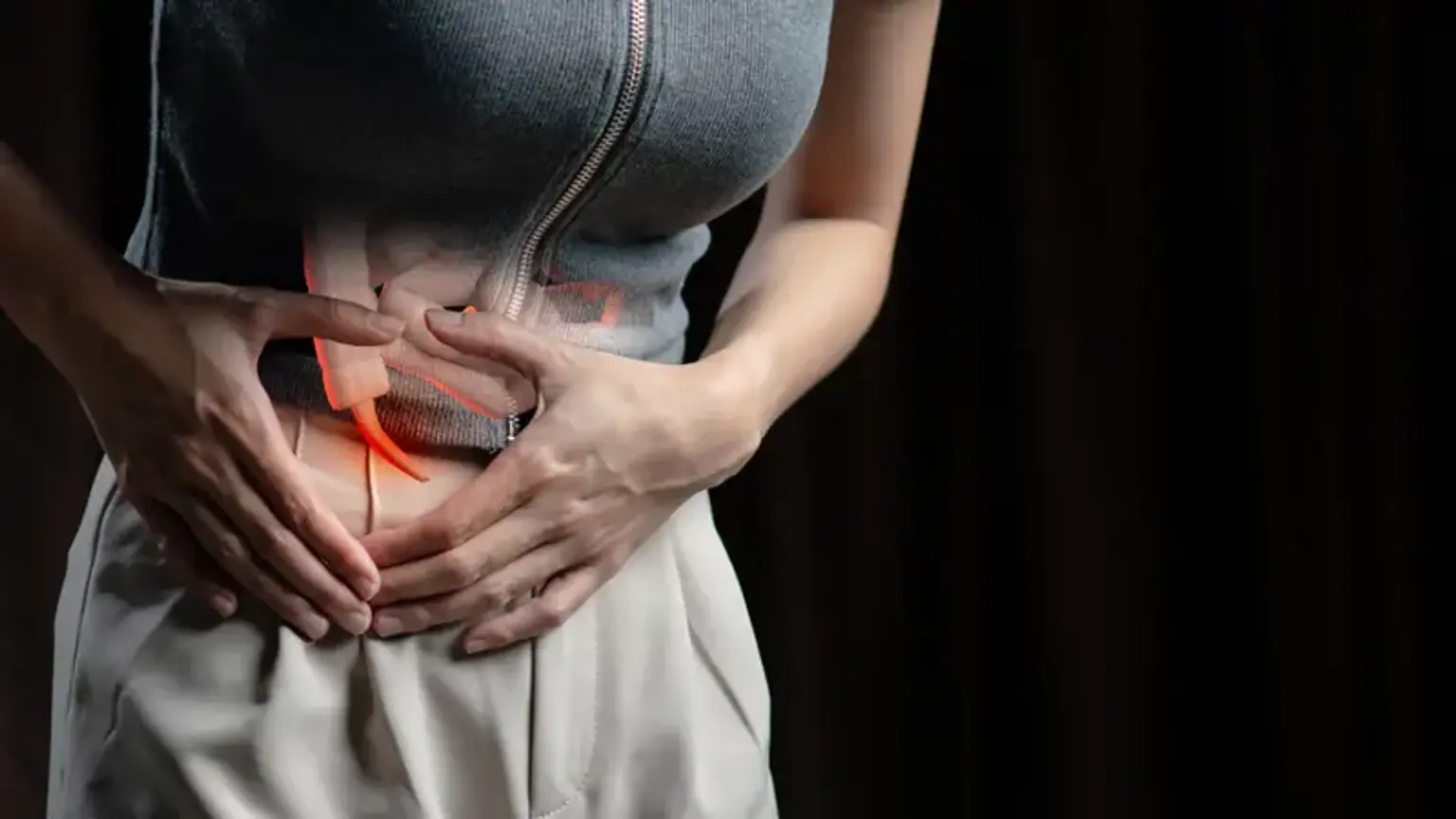Lower gastrointestinal disease
Overview
The lower gastrointestinal (GI) tract begins in the center of the small intestine and extends all the way to the anus. Lower gastrointestinal (GI) illnesses and its symptoms account for a significant number of medical visits each year. Diverticular disease, polyps, irritable bowel syndrome (IBS), cancer, and Crohn's disease are all common disorders linked with the lower GI tract that typically need early clinical care by a gastroenterologist or a colorectal surgeon.
